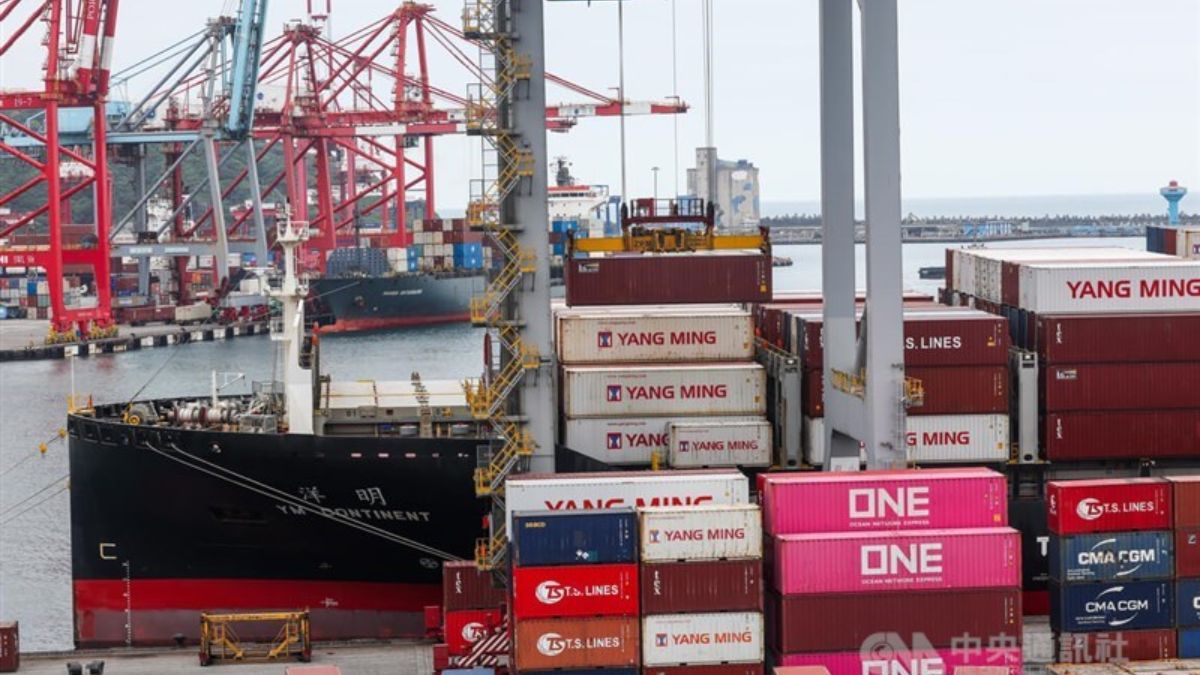 Image Credits : Focus Taiwan
Image Credits : Focus Taiwan
The Taiwan Institute of Economic Research (TIER) forecasted on Thursday that Taiwan’s gross domestic product (GDP) would grow by 3.85% this year. The projection was released on July 25, accompanied by an economic report highlighting various industry performances and market conditions.
According to the report, the business climate test score for the manufacturing industry in June stood at 98.45 points, marking a decrease of 2.15 points from the previous month. In contrast, the service and construction industries showed resilience, with climate test scores rising to 99.21 and 113.04 points, respectively. These scores indicated four consecutive months of increase for the service industry and three for the construction industry.
TIER Director Sun Ming-TE conveyed the think tank’s optimism about both domestic and international economic conditions for the year. Sun noted that the consumer price index (CPI) is expected to rise by 2.13%, consistent with earlier predictions. He also highlighted the stability of the domestic job market and emphasized that the stock market’s performance this year has bolstered private consumption momentum.
Sun pointed out that Taiwan is reaping benefits from the global artificial intelligence (AI) boom, with domestic semiconductor manufacturers expanding their advanced processes and high-end packaging capacities. The manufacturing sector remains hopeful about future economic prospects, despite varied recovery speeds among individual industries in the first half of the year. Notably, the growth rate of goods exports has recently shifted from negative to positive.
On the domestic demand side, Sun mentioned that the service industry has gained from the stock market repeatedly hitting new highs in June. Additionally, increased freight rates, driven by shortages of ships, containers, and port congestion, have further supported the sector’s growth.
